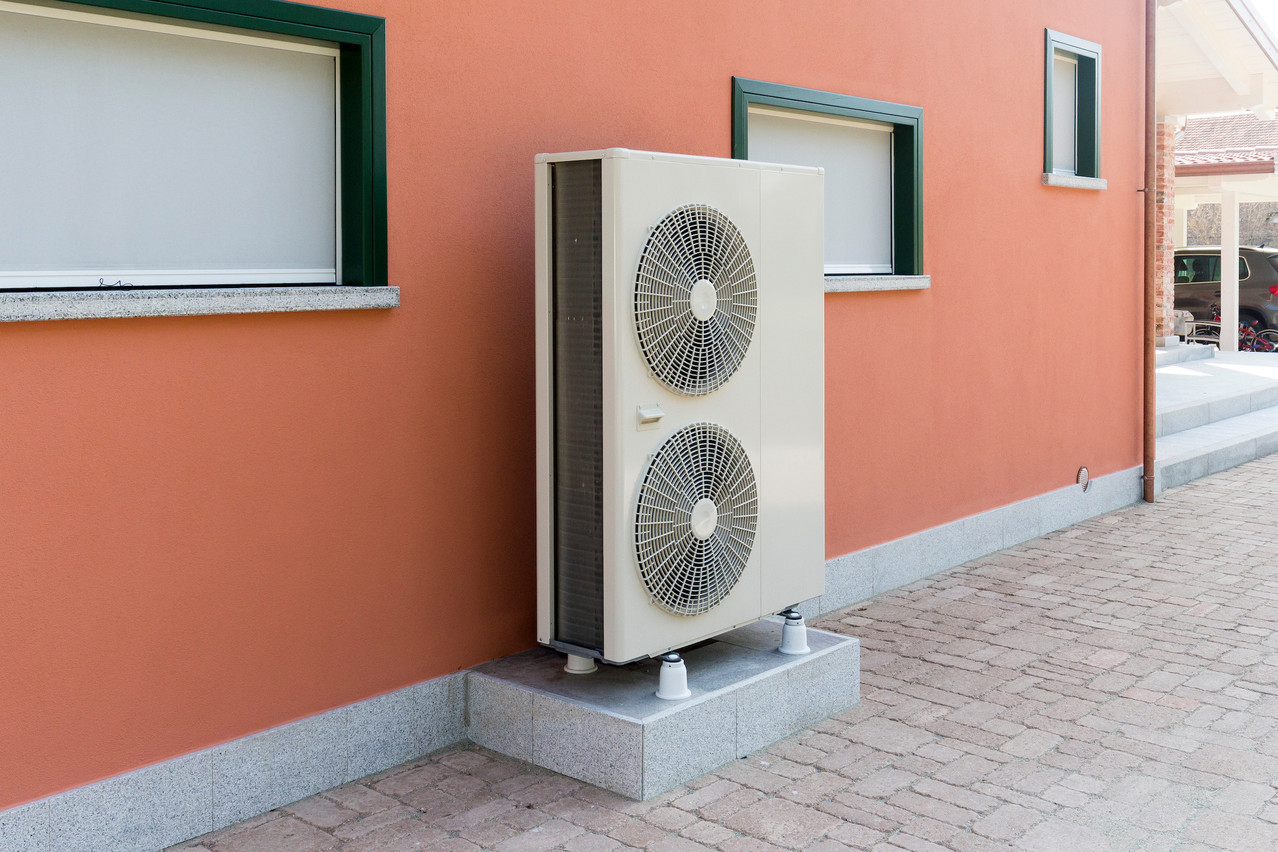Renewable-energy technologies used in building maintenance, such as gas boilers, heat pumps and solar panels, have become far more efficient than they were some two decades ago. So says Lespagnol, who took over the helm of AIO Technologies in January last year.
Unfortunately, he continued, a chunk of that efficiency gets lost in the installation process and another chunk in the (mis)use of the product by the end user. “If you purchase a nice sports car,” he said by way of example, “but you choose a bad design, you drive on bumpy roads, you use it with the hand brake on… its efficiency is lost. That’s basically what happens very often during [facilities] projects.”
In more concrete terms, he commented that a gas boiler can operate with an efficiency of about 95%, but that in reality many of these devices are hitting rates more like 85%.
Compounding these challenges is the mere age of the building. If the infrastructure is old, then renewable-energy technologies can only do so much. If, to boot, the building is large, then the cost of updating that infrastructure swiftly becomes prohibitive. (On the flipside, he says that for new buildings it’s “quite easy” to integrate renewable energy.)
Given these constraints, what can facilities management companies do?
Plenty
Regarding shoddy installation, Lespagnol commented that it simply comes down to having qualified personnel. For the usage question, however, a new strategy is emerging as a trend: monitoring. Facilities managers will set up sensors in the building and then monitor--digitally and from afar--how well things are working. “You can turn an old building into a smart one,” said Lespagnol.
For example, if a ventilation system is running unnecessarily all night, or if even a small water leak occurs, the sensors will pick it up and flag it, whereafter the AIO Technologies team (for example) can follow up. Dashboarding and monitoring intelligently like this also helps answer questions like why energy consumption rises at certain times or in certain circumstances, creating possibilities for better usage patterns.
Lespagnol added that, using this approach, AIO Technologies recently helped a new office building operate at its intended energy pass category (“A”, “B”, etc.) just six months after it opened, a feat which normally takes around a year. At the twelve-month mark, the site was actually operating better than the pass said it could.
“It was only possible because of energy monitoring,” he commented. “This future trend is very important.”
Despite the obvious environmental and financial benefits, Lespagnol estimates that probably fewer than 1% of buildings currently have energy monitoring in Luxembourg. AIO Technologies does this service for about 150 clients.
Green technologies, green clients
“We really try to focus on customers that, from the beginning, are interested in high-energy efficiency,” said Lespagnol. Among AIO Technology’s clients are some big names, like the Cactus Group and the Post’s sorting centre in Bettembourg.
The firm has also recently joined Inspiring More Sustainability (IMS) Luxembourg, a non-profit involved in promoting and facilitating corporate social responsibility (CSR). Not only are facilities managers in a unique position to advise building owners about how to use their spaces more sustainably, Lespagnol said in explanation of why he wanted to join, but IMS’s other tenets like diversity and social values are also shared by AIO Technologies.
This article first appeared in the April 2022 edition of .
